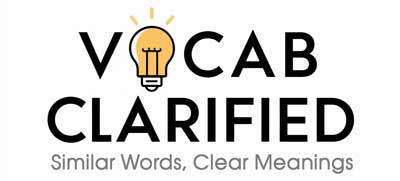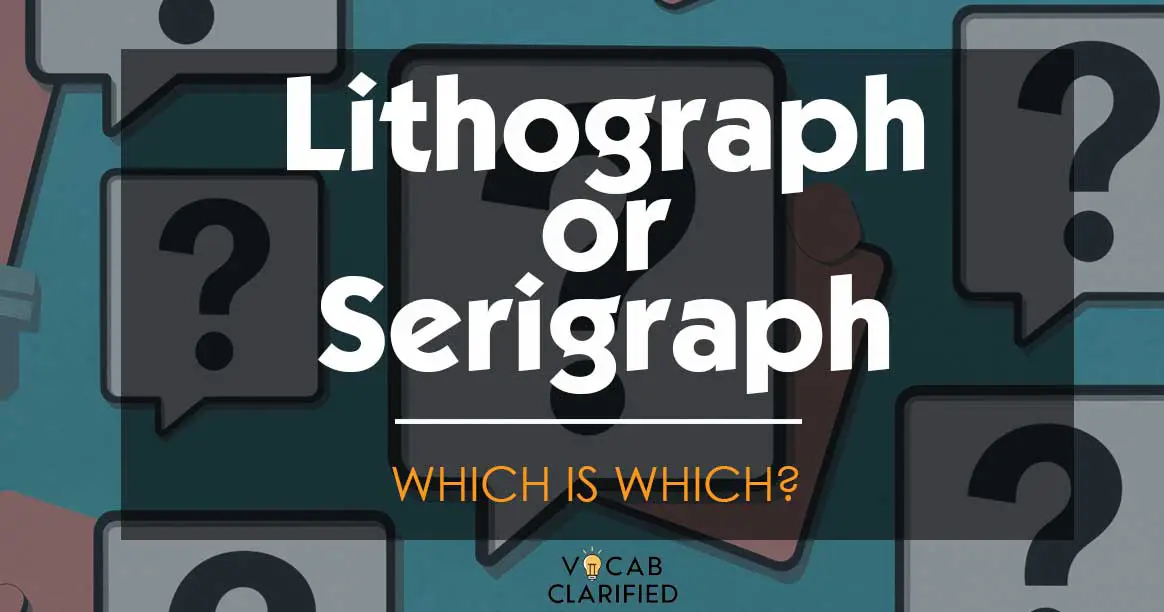Are you an art enthusiast who’s come across the terms lithograph and serigraph but aren’t sure what sets them apart? These two popular printmaking techniques may seem similar at first glance, but they differ in both process and result.
In this post, we’ll explore the key distinctions between lithographs and serigraphs to help you better understand their unique characteristics.
Understanding Lithographs And Serigraphs
Lithograph: Definition and Usage
A lithograph is a type of print made using a stone or metal plate, where the image is created by drawing with a greasy substance. The process relies on the principle that oil and water do not mix.
The plate is treated with a solution that repels ink from the non-image areas, while the ink sticks to the greasy image areas.
- Example: “The artist created a lithograph by drawing the design directly onto a limestone slab.”
- Example: “This vintage poster is a lithograph made using traditional techniques.”
Lithographs are valued for their ability to capture the subtleties of hand-drawn artwork, from detailed lines to expressive textures.
Serigraph: Definition and Usage
A serigraph, also known as a silkscreen print, is made by pushing ink through a mesh screen onto a surface. The design is created by blocking out areas of the screen so that the ink passes only through the desired sections, forming the image.
This technique allows for vibrant, layered colors and sharp, graphic images.
- Example: “The serigraph of the abstract painting features bold, vivid colors.”
- Example: “Many modern artists use the serigraph technique to create limited-edition prints.”
Serigraphs are known for their intense color saturation and can be produced on various materials such as paper, fabric, and wood.
Side-by-Side Comparison of Lithograph and Serigraph
| Aspect | Lithograph | Serigraph |
| Definition | A print made using a greasy drawing on stone or metal | A print made by pushing ink through a mesh screen |
| Common Usage | “The gallery has a rare lithograph from the 1920s.” | “This serigraph is part of a limited-edition run.” |
| Key Differences | Captures hand-drawn detail and subtle textures | Produces vibrant, layered colors and sharp graphics |
When to Choose Lithographs vs. Serigraphs
- Choose a lithograph if you are drawn to prints that capture intricate hand-drawn details and enjoy the traditional aspects of printmaking.
- Opt for a serigraph if you appreciate bold, graphic designs with intense color saturation and a modern aesthetic.
The best choice often depends on your personal taste in art and what you value in the final print.
Everyday Usage Examples
Here are a few examples of how lithograph and serigraph are used in everyday conversations:
- “I bought a limited-edition lithograph from my favorite artist’s new collection.”
- “This serigraph really stands out because of its rich, layered colors.”
- “The museum’s exhibit features famous lithographs from 19th-century artists.”
- “The pop artist’s work is known for its bright serigraphs that have become iconic.”
- “This lithograph of a cityscape looks almost like a charcoal drawing—it’s so detailed.”
- “The serigraph technique allows for bold and eye-catching poster designs.”
Conclusion
In summary, lithographs and serigraphs are both valuable and unique printmaking techniques, but they have distinct differences. Lithographs excel in capturing fine, hand-drawn details, while serigraphs are ideal for creating vibrant, graphic designs.
Whether you prefer one over the other often comes down to your artistic preferences and the type of artwork you enjoy.

